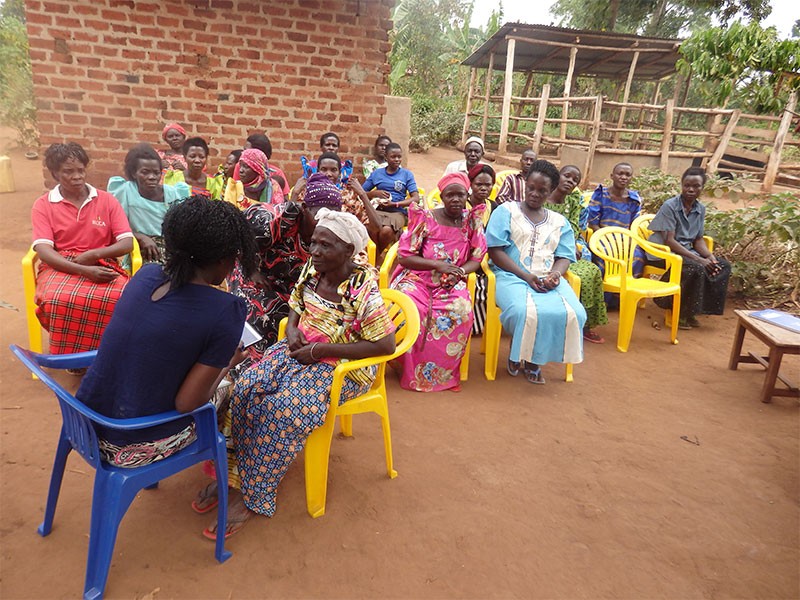In March 2018, Maarifa Consult Ltd was contracted by AVSI Foundation to conduct a baseline survey in Lira District. The AVSI Foundation, in partnership with the European Union, is implementing a project in Lira Municipality, Aromo and Ogur sub-counties targeting 1,800 (720 women between 35 and 65 years; 1,080 young people (14 to 35 years); 24 District Local Government staff; 4 Agribusinesses and 4 Agriculture Skills Providers, running from January 2018 to December 2020. EGO project is implemented by AVSI.
As part of the monitoring and evaluation process for the EGO Project, the baseline survey aimed at collecting benchmark data on key Project indicators. Precisely, the survey intended to establish the current status of women and youth employment in the agribusiness sector (green economy) in Lira District to inform EGO programming decisions and determine benchmarks for the measurement of outcomes and impacts of the project’s interventions. The specific objective of the baseline survey included the following:
1. To establish benchmarks on status of skilled youth employed or self-employed in agribusiness sector in the targeted areas (i.e. current % of youth employed or self-employed in agribusiness sector);
2. To establish benchmarks on status of youth running their own agribusinesses as a primary livelihood option in the targeted areas (i.e. current % of youth running their own agribusinesses as a primary livelihood option);
3. To determine the suitability of opportunities in the green economy of Lira for youth and women employment and investment support.
4. To assess the suitability of targeted secondary schools and agricultural vocational institutes for capacity building/skilling of women and youth for employability;
5. To establish benchmarks on the socio-economic status (especially Income and livelihoods) of women and youth in the targeted areas;
6. Inform identification of direct beneficiaries and development of project targets and relevant services for the beneficiaries;
7. Map and identify key natural resources in the targeted areas and profile their mode of utilization and conservation;
8. Profile the investments by the private sector into carbon emission reduction and eco-friendly ventures.
The target population consisted of women aged 36-65; and young people aged between 14-35 years as of their last birthday. The study was conducted in Aromo and Oguru Sub counties, and the four divisions of Lira Municipality in Lira District.
The survey adopted a cross-sectional design by employing both qualitative and quantitative approaches. The cross-sectional design was chosen because it provided an opportunity for studying a wide range of respondents from different categories, while taking a snapshot of the study population at a certain time, thus helping to draw conclusions about phenomena across a wide population.
A mixed method approach combining quantitative and qualitative designs was adopted, and data collected through survey among the youth and women. Different methods such as Focus Group Discussion (FGDs), Face-to-face Interviews, Key informant interviews (KIIs) and review of documents were used. The study area was selected based on the area of project implementation in Lira Municipality, Ogur and Oromo sub counties. A combination of purposive and probability sampling methods was used to arrive at the respondents for the survey. A sample size selection of 324 youth and women were carefully chosen using a simplified recommended formula for Yamane (1967). However, our sample size was less than 4 respondents due to a snag of low turn-up of the respondents.

